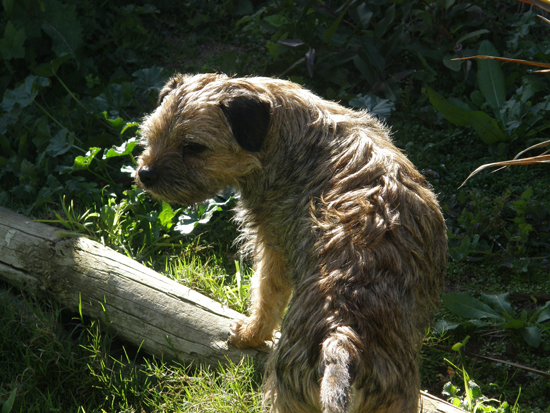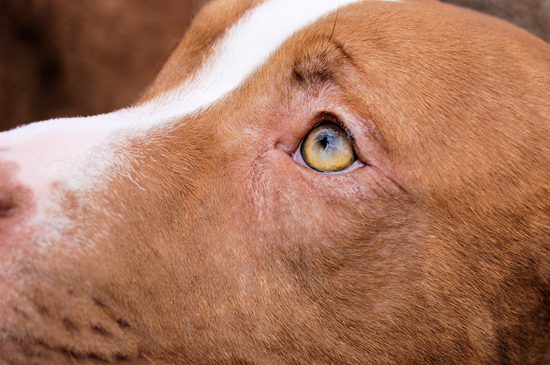Belyaev’s Fox Experiment – Dogs? – Part IV
This post is part of the series on Belyaev’s fox experiments.
(index | part I | part II | part III | part IV )
You may have read my previous three posts, which have explained details of Belyaev’s fox experiment. And you may have wondered the relevance of studying foxes on a blog about dogs.
Obviously, foxes are not dogs. They’re not even wolves. However, they aren’t far off it. Regions of fox chromosomes correspond with those of the dog (to be specific, fox chromosome 1 seems to indicate a fusion between chromosomes 1, 33 and 12 as we see today in the dog). That means that we should not disregard this research because it is a different species.
Chiefly, this study can be used to examine the process of dog domestication. Because domestication and associated variability seemingly occurred relatively quickly, there have been doubts that Darwinian theories are applicable. However, this study shows that significant changes can be seen in a brief period of time and generations. Coppinger (in his book Dogs) uses this study to show how quickly a significant change can take place – in the foxes here, significant morphological and physiological changes were seen in just 8-10 generations. This all occurred with just one selection pressure – selecting for ‘tameness’.

This is surprising on a surface level, but when considering the causes of these changes it is not so remarkable. Indeed, these changes have been seem occur in a similar way in terms of wolf’s domestication to dogs. For example, dogs play as adults while wolves do not, and dogs carry many other juvenile-wolf characteristics. Furthermore, dog puppies respond to human cues like fox domesticated pups and indeed are ‘dog like’ in many behavioural ways. It is likely that the causes of the foxes changes are also the reason the wolf is the dog we know today.
On a larger scale, this research shows that we can select for nature. Consider that these dogs were never trained, but were selected on their genetic amicability to humans. This is a loud message on how we should be selecting dogs to breed from.
I hope this series has been of interest, as I thoroughly enjoyed researching. I did cut out some bits and pieces, so please feel free to comment if you feel I haven’t answered a burning question for you! Additionally, if you would like in text referencing, I can provide such.
References: Continue reading

